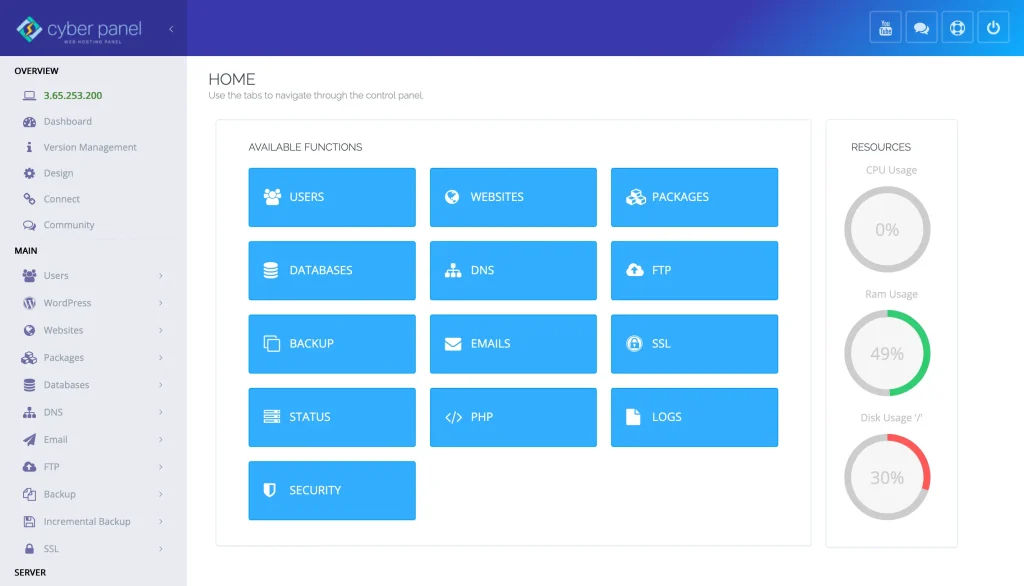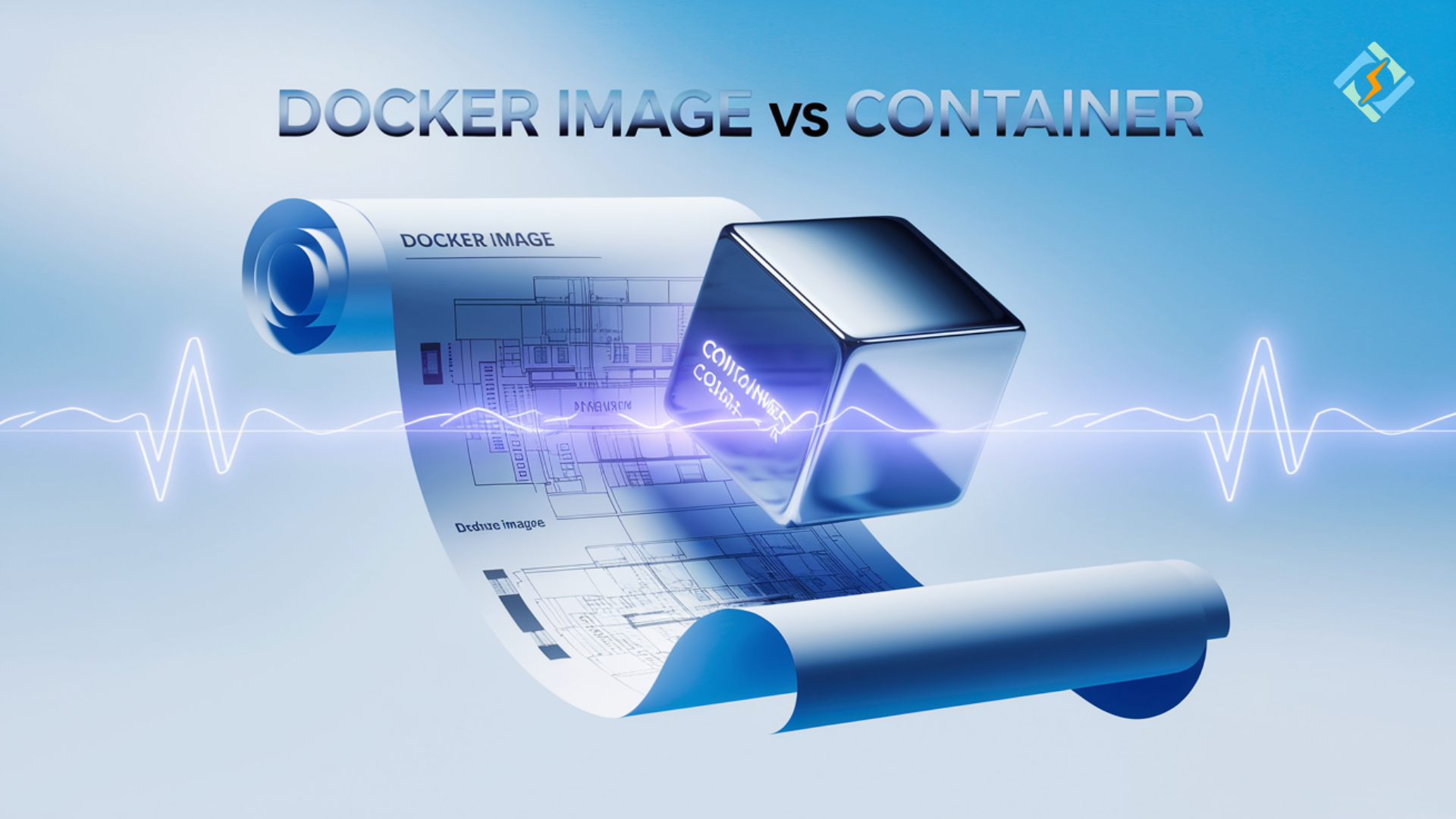In the containerization world, Docker has emerged as the tool of choice for packaging and running applications. Yet most beginners — and even some experienced developers — mix up the most fundamental concepts: Docker images and Docker containers. To put it in simple terms, if you’ve ever wondered: “Are Docker images and containers the same thing? —You’re not alone. This lack of clarity can slow down development, deployment, and scaling.
We need to clarify Docker image vs container. In Docker, a Docker image is similar to a blueprint. It is static and read-only, and contains everything necessary to run an application: code, libraries, and dependencies. A Docker container, on the other hand, is a running instance of that image—a live environment for your application to live in.
This brief guide will give you easy answers to Docker images vs containers. We will discuss the differences between them, how to use them well, and why it makes a difference in performance, scalability, and maintainability. Whether you are new to the game or just a DevOps and Docker pro, I am going to break down that difference and make sure you never get a case of mistaken identity ever again when it comes to Docker container vs image.
What is a Docker Image?
A Docker image is a read-only template that defines the application and its environment. It includes the OS, software, libraries, environment variables, and configuration files needed to run the application.
- Just think of it as a recipe card.
- It lives in a Docker registry such as Docker Hub.
- You can’t modify a Docker image once it’s been built unless you create a new one.
Example:
docker pull nginx
What is a Docker Container?
A Docker image, when running, becomes a container. It is built upon the image and adds a writable layer on top of it, so that the application can be executed and the changes can be made.
Get exclusive access to all things tech-savvy, and be the first to receive
the latest updates directly in your inbox.
- You can think of this as cooking the recipe with the card image.
- It is an isolated environment from your host system.
- It can be initiated, halted, resumed, and removed.
Example:
docker run -d --name webserver nginx
Docker Image vs Container: Key Differences
| Feature | Docker Image | Docker Container |
|---|---|---|
| State | Static, read-only | Running, dynamic |
| Purpose | Blueprint or template | Running application |
| Storage | Stored in registry | Runs in host memory |
| Lifecycle | Build, push, pull | Start, stop, restart, delete |
| Example Command | docker pull ubuntu | docker run -it ubuntu bash |
How Docker Images and Containers Work Together?
- The developer writes a Dockerfile to build an image.
- The image is then constructed and pushed to a repo.
- Run from the image to meddle around or for prod use containers.
Why Does It Matter: Docker Images vs Containers
You can get things very wrong about the distinction :
- Inefficient storage management.
- Difficulty in debugging and scaling.
- Security misconfigurations.
Understanding helps:
- Improve CI/CD pipelines.
- Optimize deployment practices.
- Ensure consistency across environments.
Docker Images And Containers Best Practices
- Keep images light: Alpine or slim distributions.
- Tag images correctly: Don’t use the latest in production.
- Scan for vulnerabilities regularly.
- Take advantage of multi-stage builds to minimize image size.
- Do not persist state in containers; Use volumes for persistence.
Common Errors and Solutions
1. Changes inside the container are lost
Solution: Use volumes:
docker run -v /data:/data myimage
2. Image size too large
Solution: Use Alpine or multi-stage builds.
3. Can’t start container
Solution: Check the logs:
docker logs container_id
Docker Deployment and CyberPanel’s Role

A modern web hosting control panel, CybarPanel, works very well with Docker. Here’s how it helps:
Docker Manager: You can pull images, run containers, and manage networks all from the CyberPanel dashboard.
Simple options panel for Docker commands: No more commands to remember.
Secure by default: Containers are isolated for better security.

“One Button” Application Deployment: Extremely useful for those who use Docker on their production environment.
It brings the best of Docker to those within developers and developers within teams who are less interested in servers and more in development.
FAQs: Containers vs Images Docker
What is the difference between a Docker image and a container?
No. An image is a static definition, while a container is a dynamic running instance of the app.
May an image service many containers?
Yes. You can bootstrap multiple containers from an image.
Should I be deleting images after stopping containers?
No, but you can clean up free space by deleting unused images with docker image prune.
Wrapping Up!
The Docker image vs container fight is not much of a fight — it’s more about working together. The images are the ground, and the containers are the habitats. Once you understand how they work together, you unleash the true power of Docker.
Whether you’re developing microservices, deploying services on the cloud, or just running your pet project, knowing the difference between Docker containers vs images can be very helpful and save you time and mistakes. Use this to your advantage to optimize your workflows and to construct solid, scalable systems.
Ready to master Docker? Begin constructing containers now, and elevate your skills to the next level with DevOps!



